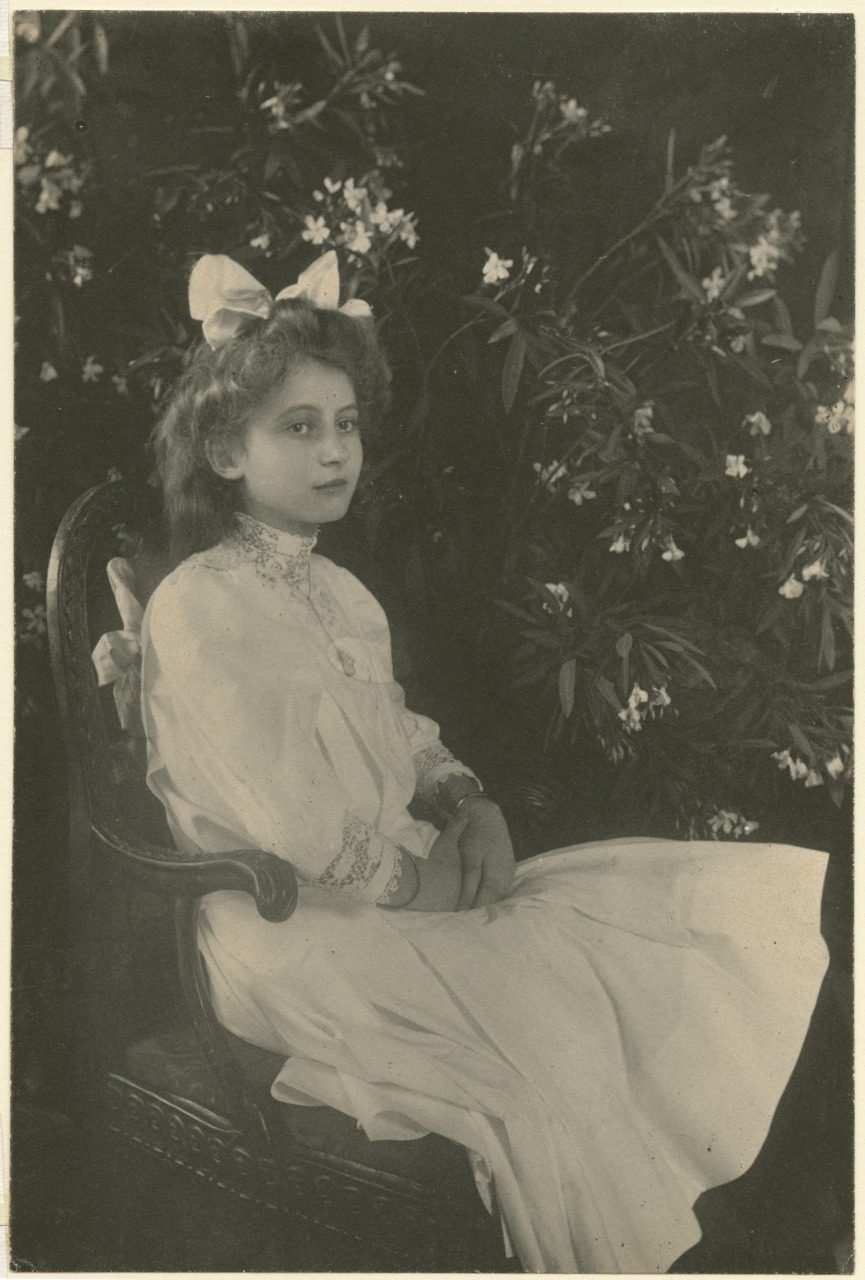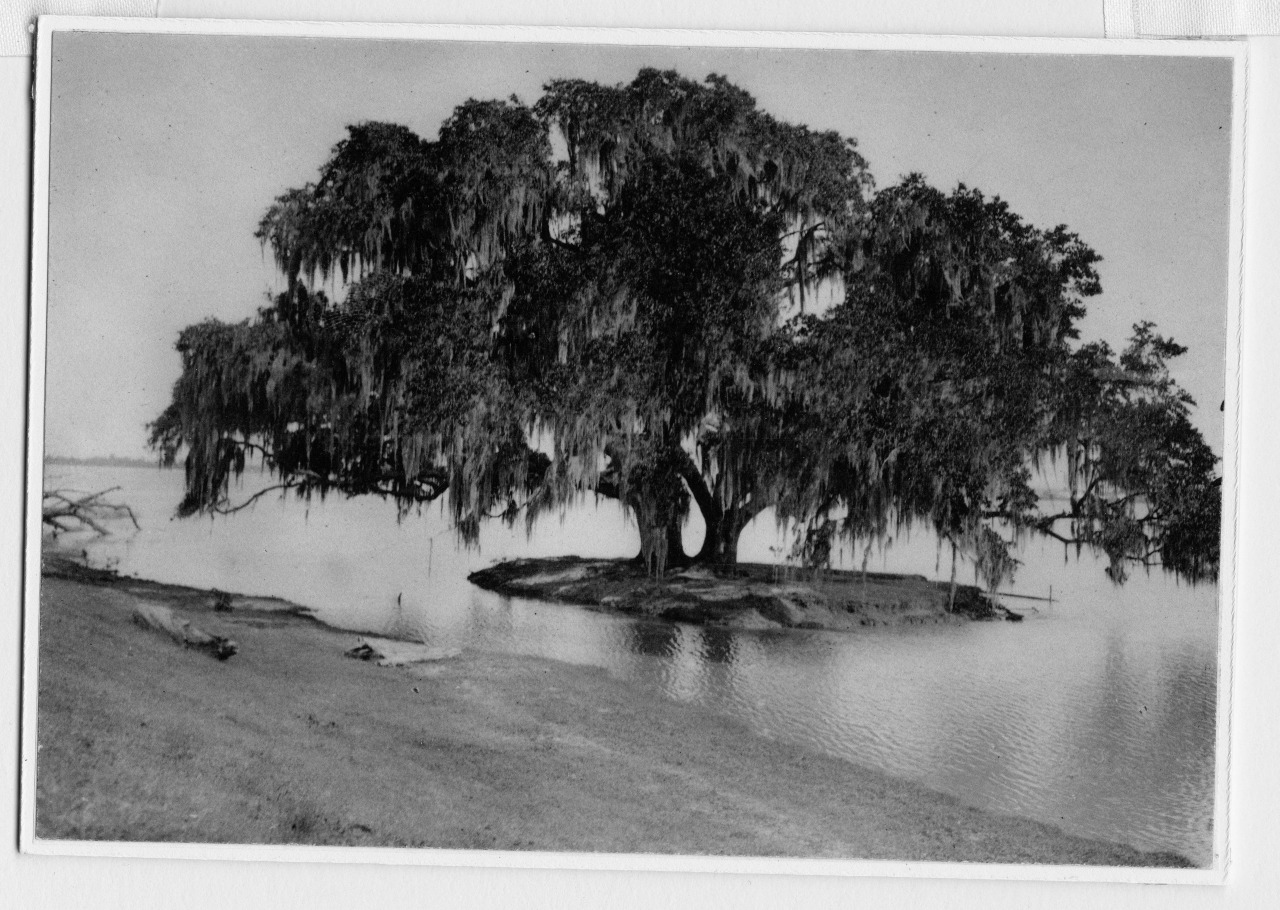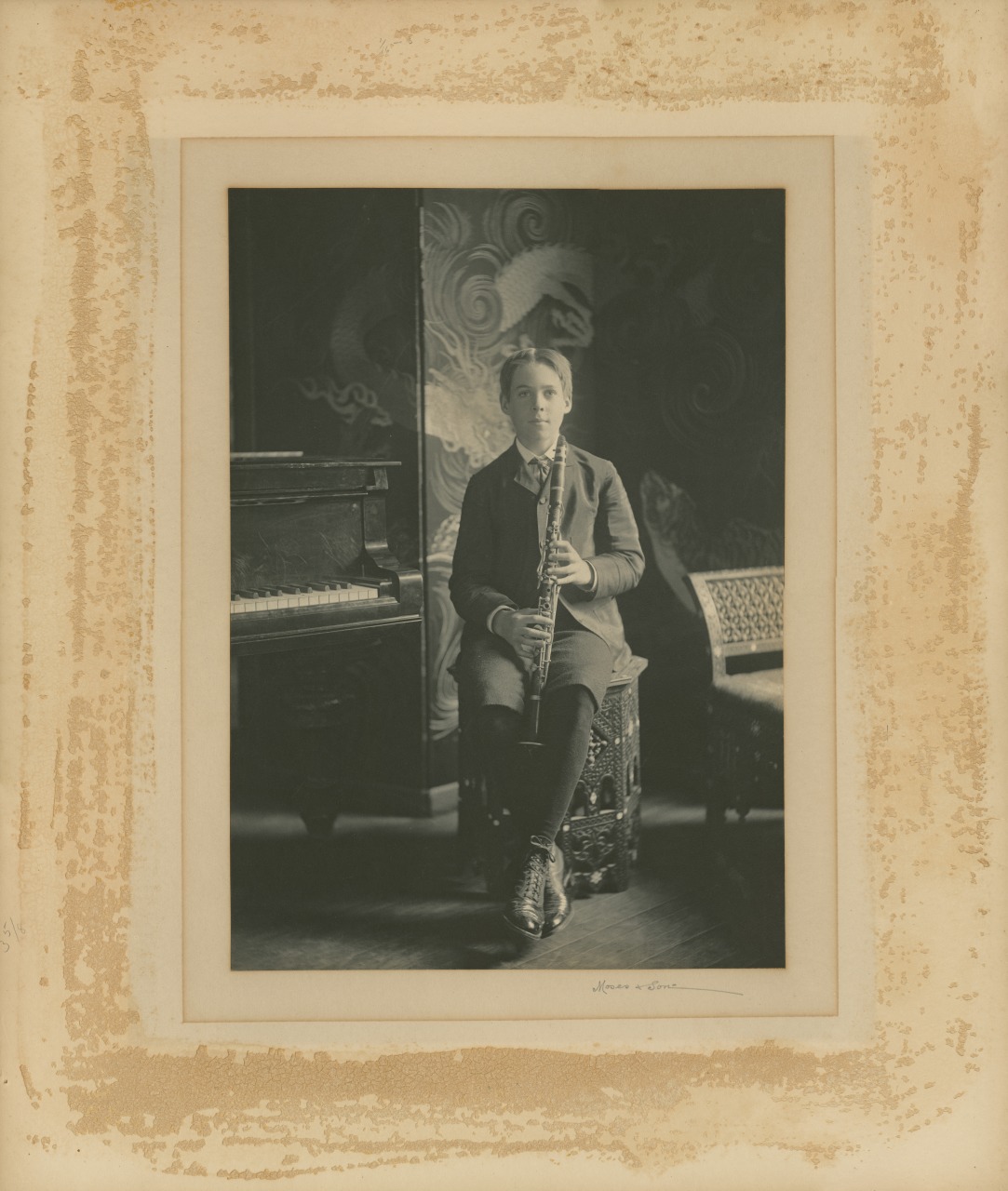The platinum process is a developing-out paper process, meaning that a latent image is formed by ultraviolet light and then developed out with chemicals. It uses the light-sensitive salts ferric oxalate, potassium chlorate, and potassium chloroplatinite. Unlike the silver print process, the platinum process uses no gelatin or albumen emulsion; the resulting print rests in and on the paper fibers, creating a matte image.
The chemistry is sensitive to ultraviolet light, so it must be applied either in the dark or under weak incandescent light. A latent image is formed using contact printing, or pressing a negative or object directly to the paper’s surface and exposing the paper to ultraviolet light or sunlight.
To develop the image, the paper is submerged in potassium oxalate, or the less-toxic ammonium citrate, to convert the compounded platinum solution on the paper to pure platinum. A clearing bath of hydrochloric acid or the gentler alternative, citric acid, rids the paper of ferric salts. The print is then thoroughly washed in water to remove any extraneous chemicals.
The first patent for the platinotype was granted in 1873 to William Willis of England, who began to market the first commercially produced, presensitized platinum paper in 1880. He went on to receive several additional patents for his scientific work in photography.
The platinum process was favored among the pictorialists of the late nineteenth and early twentieth centuries due to its wide tonal range and softness of image, which could be easily controlled by the choice of the paper substrate.
The process lost popularity around World War I due to the increased cost of platinum, which was in demand for the war effort. Commercial production of platinum papers ceased in the 1930s, though beginning in the 1970s, the process has seen a revival among photographic artists who make their own platinum paper.

Portrait of a girl
platinum print; ca. 1908
by Morgan Whitney
The Historic New Orleans Collection, gift of Mrs. Morgan Whitney, 1975.21.55

Oak tree with moss
platinum print; ca. 1908
by Morgan Whitney
The Historic New Orleans Collection, gift of Morgan Whitney; 1974.63.42

Sister of the Holy Family with five children
platinum print; ca. 1930
by Doris Ulmann
The Historic New Orleans Collection, gift of Mr. and Mrs. L. Kent Nelson; 1981.329.32

Boy with a clarinet
platinum print; ca. 1905
by Moses and Son
The Historic New Orleans Collection, 1993.105.1
